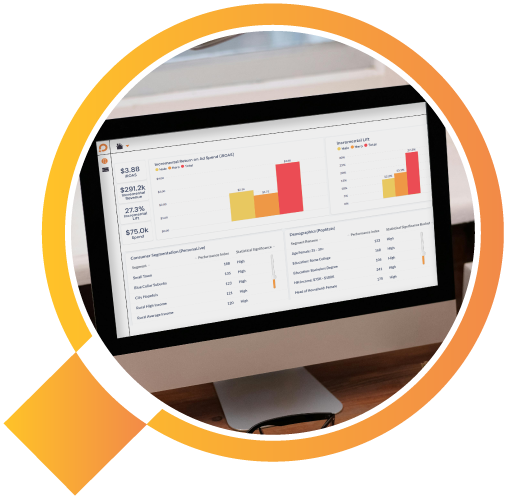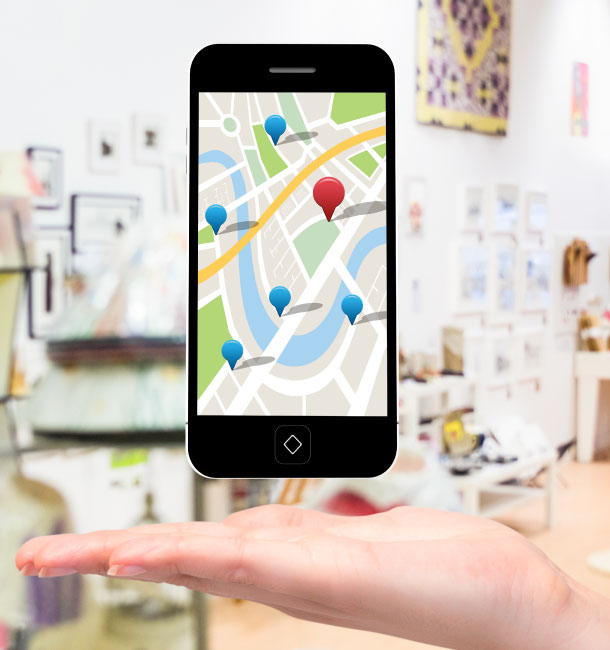
How to Talk to Your CFO About Marketing Measurement

How to Talk to Your CFO About Marketing Measurement
 By Brian Pozesky
By Brian PozeskyYou’re in the boardroom. The CMO asks for more budget to measure marketing performance. The CFO’s face goes blank. The tension is palpable. It’s the classic showdown: CMO vs. CFO.
In one corner, we have the CMO, eager to prove that marketing isn’t just a “cost center” but a growth engine. In the other, the CFO, armed with a calculator, laser-focused on the bottom line, asking the age-old question: “Show me the money!”
Sound familiar? Yeah, we thought so. But here’s the thing: marketing measurement doesn’t need to be a battle. In fact, with the right approach (and the right tools), you can speak the CFO’s language and win them over. Let’s dive into how.
1. Speak Their Language: Numbers, Not Feelings
The first step in talking to your CFO about marketing measurement is understanding their language. While the CMO is thinking in terms of brand awareness, engagement, and customer loyalty, the CFO is thinking in terms of ROI, incrementality, and data-driven decisions.
This is where Pēq comes in. With Pēq’s standardized measurement framework, you can easily show your CFO real, actionable data—not just fluffy metrics. The beauty of Pēq’s platform is that it connects the dots across all channels and retailers, providing a unified view of performance that’s comparable, transparent, and easy to digest. No more arguing over whether Amazon’s iROAS is comparable to Walmart’s. Pēq brings clarity.
2. Show Them the Impact (Not Just the Spend)
The CFO’s job is to keep the company’s financial health in check. When the CMO asks for more budget to measure marketing, the CFO wants to know: “What’s the return on this investment?”
Here’s where you get to bring out the big guns: incrementality. It’s not just about tracking clicks and impressions—it’s about proving that your marketing efforts are driving real business outcomes.
With Pēq, you can show how every dollar spent on media contributes to actual incremental revenue.

Imagine this: you’re sitting across from the CFO, confidently saying, “Thanks to our new marketing measurement framework from Pēq, we’ve identified a 20% increase in revenue from our last campaign—across multiple channels, with data you can trust.” Now that’s a conversation the CFO can’t ignore!
3. Demonstrate the Power of Standardization
One of the biggest pain points for CFOs is inconsistent measurement across different marketing platforms. From Facebook to Google to Amazon, every platform has its own set of metrics, making it nearly impossible to compare apples to apples.
This is where Pēq’s standardized measurement steps in. Pēq ensures that every channel—whether it’s TV, paid social, or in-store promotions—is evaluated with the same logic, attribution assumptions, and normalization techniques. This means the CFO will no longer have to deal with fragmented data or guesswork. They’ll have the peace of mind knowing that marketing performance is being measured accurately and consistently.
4. Make It About Efficiency, Not Just Spend
CMOs are often told to do more with less. You want to show the CFO that better measurement means better efficiency. Instead of guessing where to allocate your media spend, Pēq helps you optimize your portfolio. By using real-time insights, you can confidently move your budget from low-performing channels to high-performing ones—without second-guessing.
This isn’t just about throwing more money at the marketing budget. It’s about making every dollar work smarter. With Pēq, you’ll be able to say, “We cut wasted spend by 15% last quarter by reallocating to high-ROI campaigns.”
5. The Final Pitch: Speak to the CFO’s Bottom Line
At the end of the day, the CFO is all about the bottom line. They want to know how marketing will drive growth—and they need clear, reliable data to back it up.
With Pēq, you can show your CFO that measuring marketing isn’t just a luxury—it’s a necessity. Standardized, transparent measurement not only drives better marketing decisions, but also makes your marketing team more accountable and efficient. You’re not just asking for more money; you’re asking for smarter, data-driven decisions that will ultimately contribute to the company’s growth.
So, Next Time You Walk Into That Meeting…
When you walk into that meeting with your CFO, don’t just talk about how “important” marketing measurement is. Show them how it’s going to make the company money—and make the CFO look good for approving it. With Pēq, you can transform marketing measurement from a mystery into a money-making machine.
And who knows? With the right data, you might just find that the CFO isn’t the one asking the tough questions anymore. 😉
Ready to get your CFO on board?
Start with a Free Incrementality Audit and discover where your marketing is really making an impact—and where it’s just making noise.
👉 Get your Free Incrementality Audit




 By Rikki Marler
By Rikki Marler








